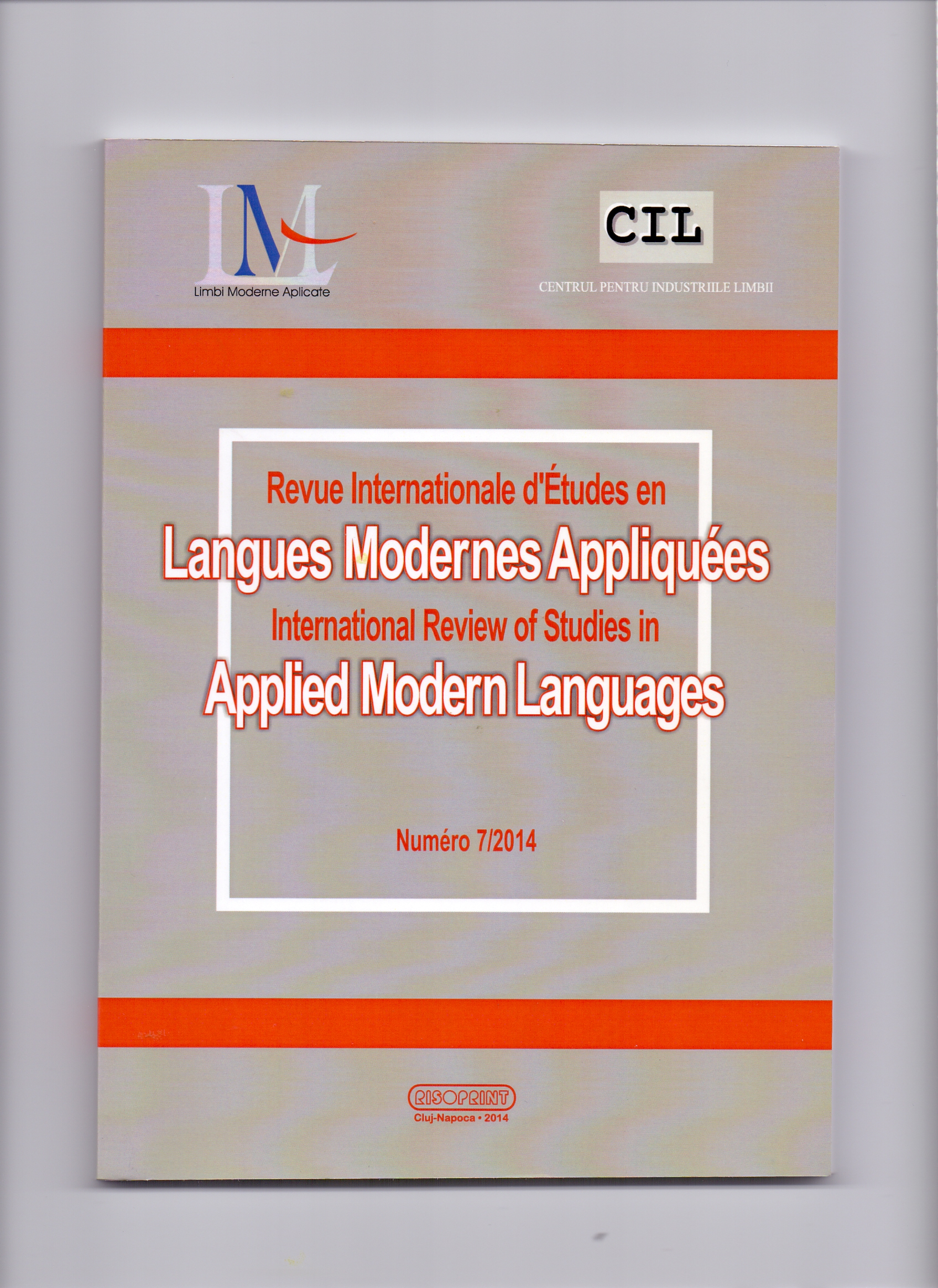Il ridimensionamento della struttura e dei valori della
narrazione nella traduzione intersemiotica
Resizing the Structure and Values of Narration in Intersemiotic Translation
Author(s): Anamaria MiloneanSubject(s): Film / Cinema / Cinematography, Philology, Translation Studies
Published by: Risoprint
Keywords: intersemiotic translation; textuality; textual meaning; interpretation; event configuration; spatio-temporal configuration;
Summary/Abstract: The term “translation” is particularly used to define the process of transposition of textual meaning from the source language into the target language. This is a case of "interlingual" translation, but there are also two other forms of translation viewed more as interpretation forms: intralingual translation and intersemiotic translation. Starting from the idea that the adaptation of a novel to the screen is a intersemiotic / intersystemic translation, this paper shows, based on the principles of textuality, the interpretation relationship the original text – Giuseppe Tomasi di Lampedusa’s novel The Leopard and the target text – Luchino Visconti’s movie The Leopard. The comparative analysis of the two texts in this article, based on two important textual configurations for the formation of meaning (the event configuration and the spatio-temporal configuration), highlights the commonalities as well as the discrepancies, omissions and compensations the director uses in order to give his film the cohesion and coherence that the new textual object needs.
Journal: Revue Internationale d'Études en Langues Modernes Appliquées
- Issue Year: 2014
- Issue No: 07
- Page Range: 80-87
- Page Count: 8
- Language: Italian

